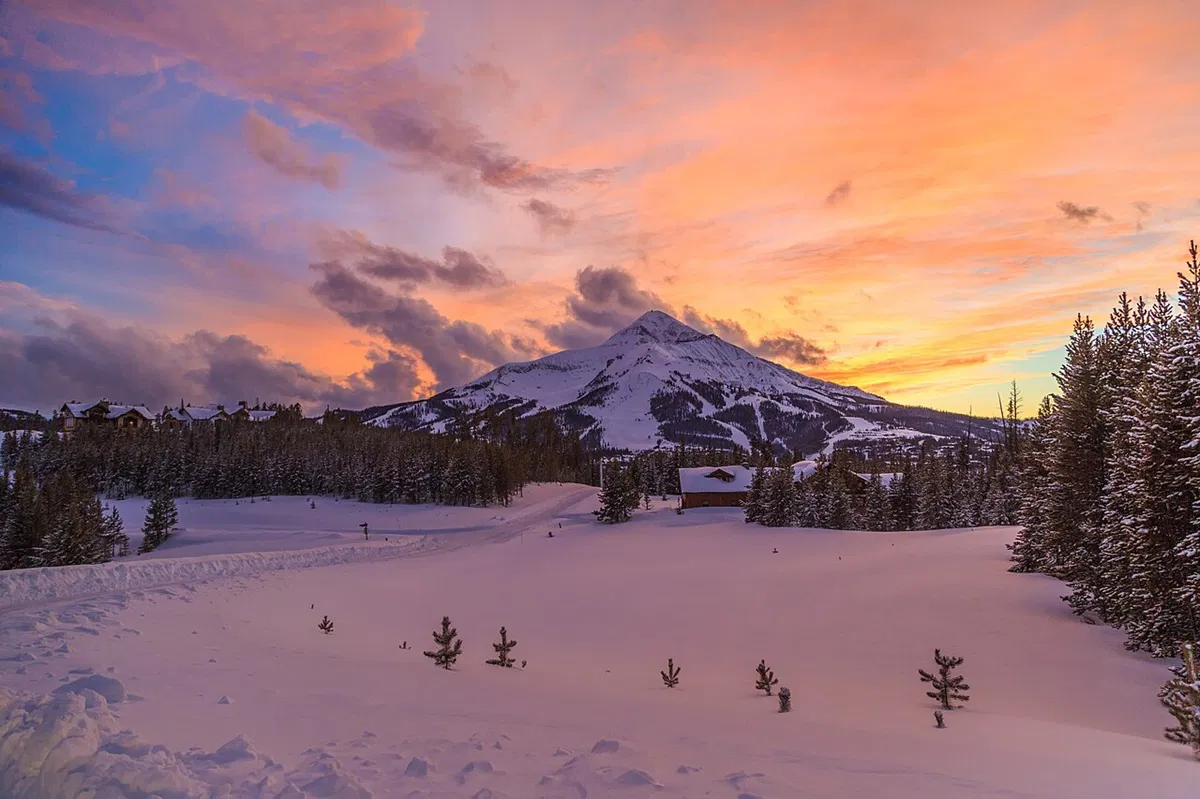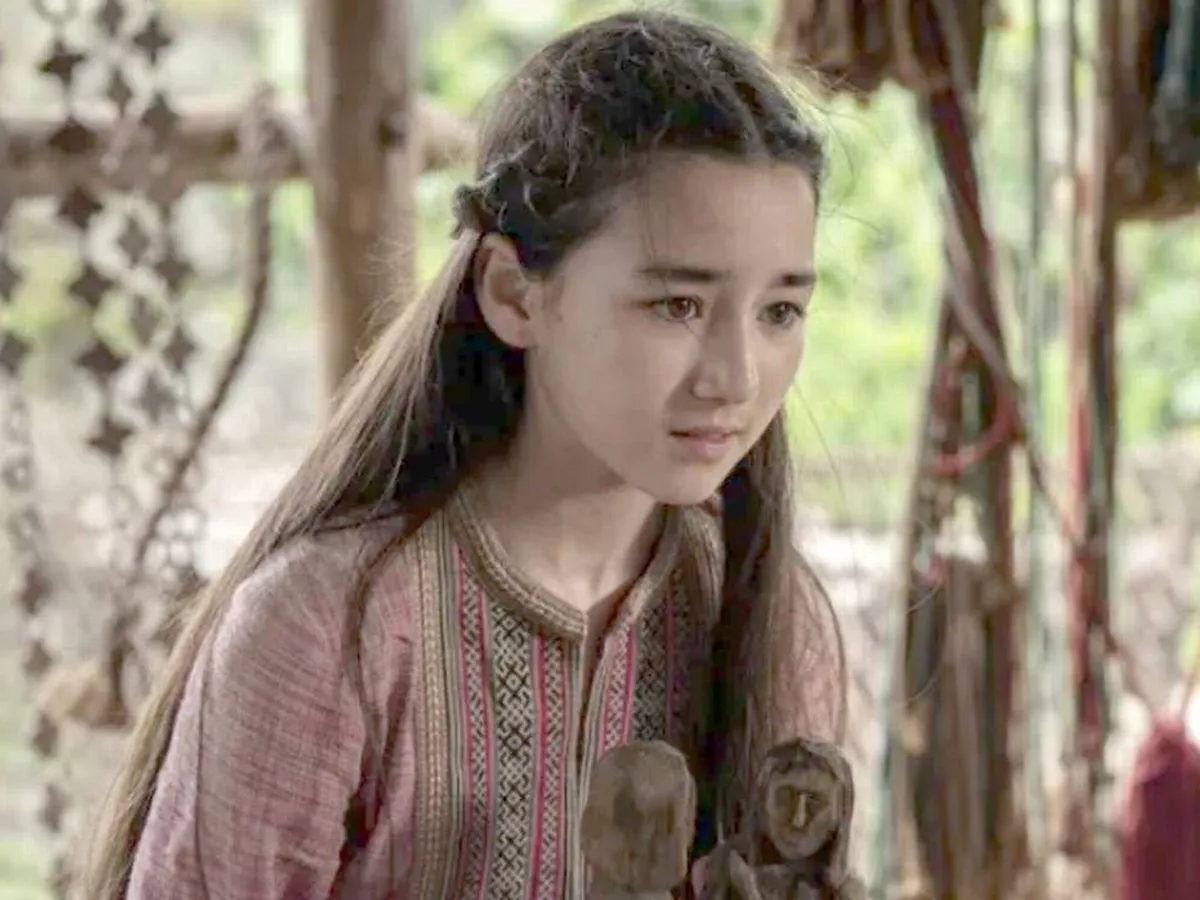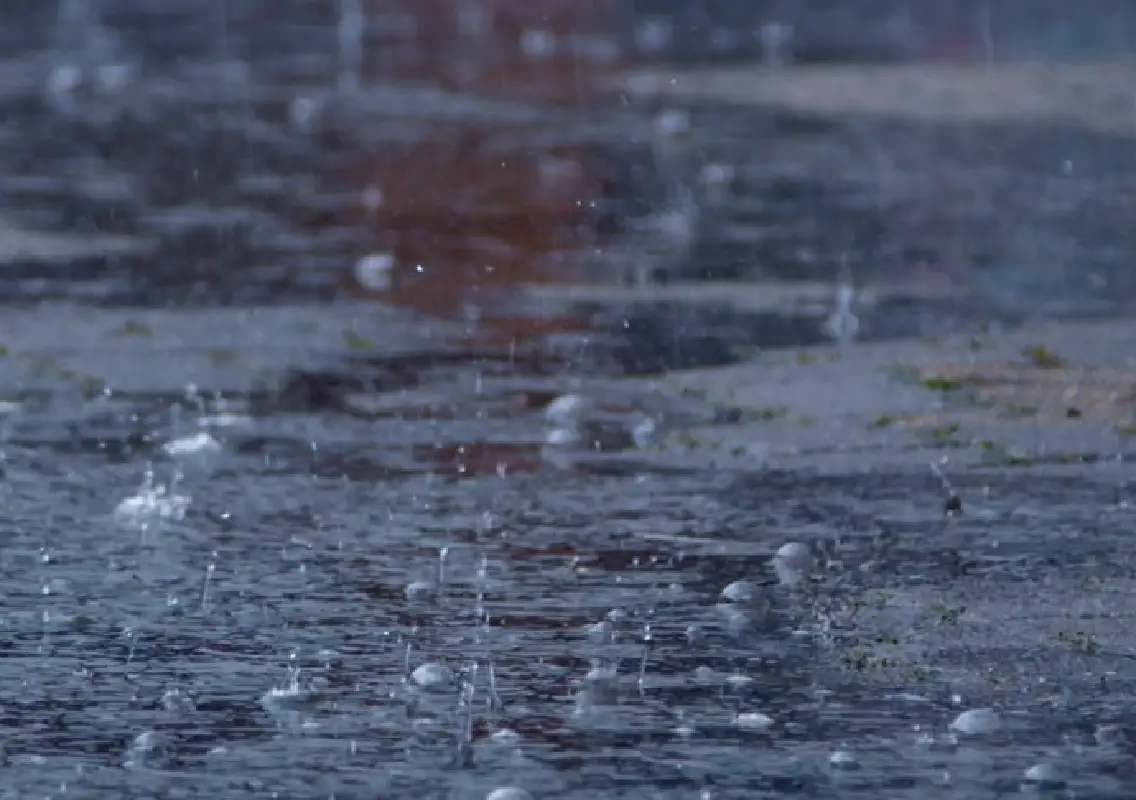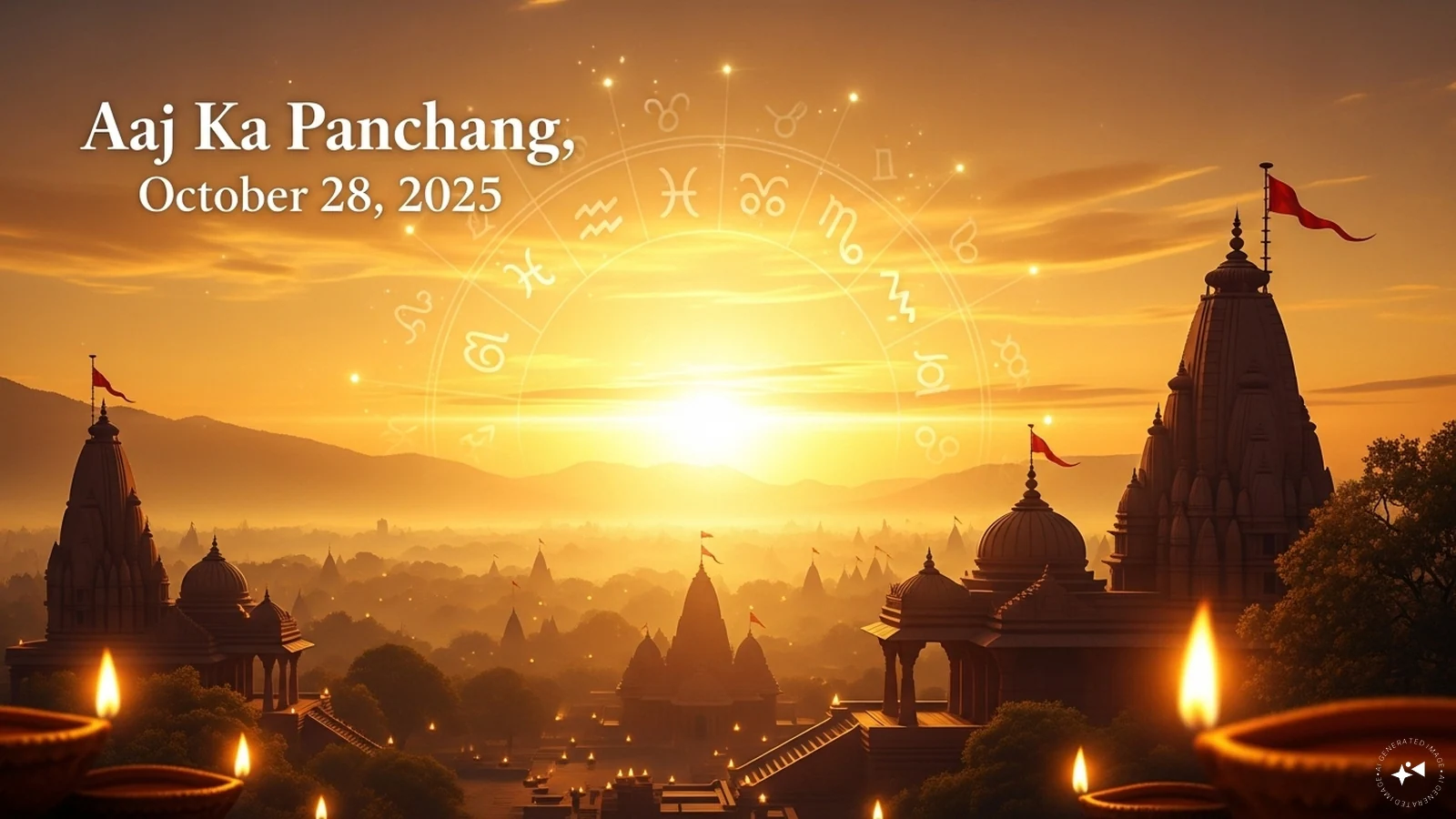Copyright euroweeklynews

If you’d asked most travellers a few years ago where they dreamed of going next, the answers would have sounded familiar: Paris, Bali, Tokyo, Rome – the usual postcard cities, the ones with the fridge magnets and Instagram queues. But something has started to change. Slowly at first, and now all at once. According to Expedia Group’s newly released Unpack ’26 report, travellers are increasingly searching for holidays that feel more personal. Less crowded. Less about rushing to ‘see everything’. More about simply being somewhere – properly. And the destinations gaining attention reflect exactly that shift. Instead of the usual capitals and bucket-list giants, the places rising fastest are the ones many of us might have struggled to pinpoint on a map a few years ago: skiing valleys in Montana, windswept coasts in Canada, ancient farming landscapes in France, and the quiet rolling countryside of the Cotswolds in the UK. It’s as if people are looking for the world again – but without the crowds. Where travellers are looking – And Why It Feels Different Search interest for Big Sky, a small mountain destination in the U.S., is up by a remarkable 92 per cent. Not because it’s flashy, or because it’s the latest Instagram trend – but precisely because it isn’t. Okinawa, in Japan, has seen a 71 per cent rise, drawing travellers who want culture, sea, and space rather than souvenir-shop overload. Meanwhile, Savoie, tucked quietly into the French Alps, is gaining momentum for its valleys, cheese farms, and walking trails – the kind of place where the big event of the day might be a picnic beside a glacier lake rather than elbowing through a museum corridor. Then there’s Ucluelet, a fishing town on Canada’s rugged Pacific coastline. Search interest is up by 44 per cent, not because of bright billboards or bargain flights, but because travellers seem to crave places that feel alive and unpolished – where weather, waves, and forests set the pace. Even the Cotswolds are seeing renewed attention from international visitors. The attraction isn’t new; the villages have always been there, honey-coloured and impossibly charming. But something about the moment we’re living in is making “slow countryside days” feel like the ultimate luxury. Travel with a Conscience (But Not in a Preachy Way) One of the most interesting things about this year’s report is a new measure called the Smart Travel Health Check, developed with the World Travel & Tourism Council (WTTC). It’s essentially a way of recognising destinations that can welcome visitors without losing themselves in the process – places shaping tourism that supports local communities instead of pushing them out. Six of the rising destinations earned this recognition, including the Cotswolds, Okinawa, Ucluelet and Savoie. But what feels most telling is the tone of the moment: travellers aren’t just going somewhere because it’s trendy. They’re choosing places that feel like they have room – physically and emotionally. More room to breathe. More room to think. More room to… just be. And that shift seems to be happening everywhere. Holidays With Stories, Not Checklists Expedia’s report also highlights some emerging habits that paint a picture of how travel is evolving. People are seeking out converted places – old schools turned into inns, family barns turned into guesthouses, disused lighthouses lit back to life. They’re called ‘salvaged stays’, but really, they’re holidays with memories built in. There’s also a rise in book-inspired travel – small groups taking trips based on what they’ve been reading together, whether that’s Greek islands after a mythology novel or Scottish highlands thanks to a historical romance. It’s less tourism and more shared imagination brought to life. And then there are the farm stays, not glossy vineyard hotels but real working fields, where mornings start with milking buckets clinking and afternoons end with bread still warm from the kitchen. These aren’t ‘luxury escapes’ – yet travellers describe them as restorative in a way spa resorts sometimes can’t touch. The thread connecting all these trends is simple: People don’t just want to go somewhere. They want to feel something while they’re there. So What Does This Mean For Travel in 2026? If the last decade of travel was about collecting places, the next one seems to be about collecting moments. The view where you stop talking. The stranger who becomes a friend over coffee. The silence of a forest path just before snow begins. As holidays become more expensive and more precious, travellers appear to be choosing not the biggest experience – but the deepest. And maybe, just maybe, that’s a good sign for everyone.



